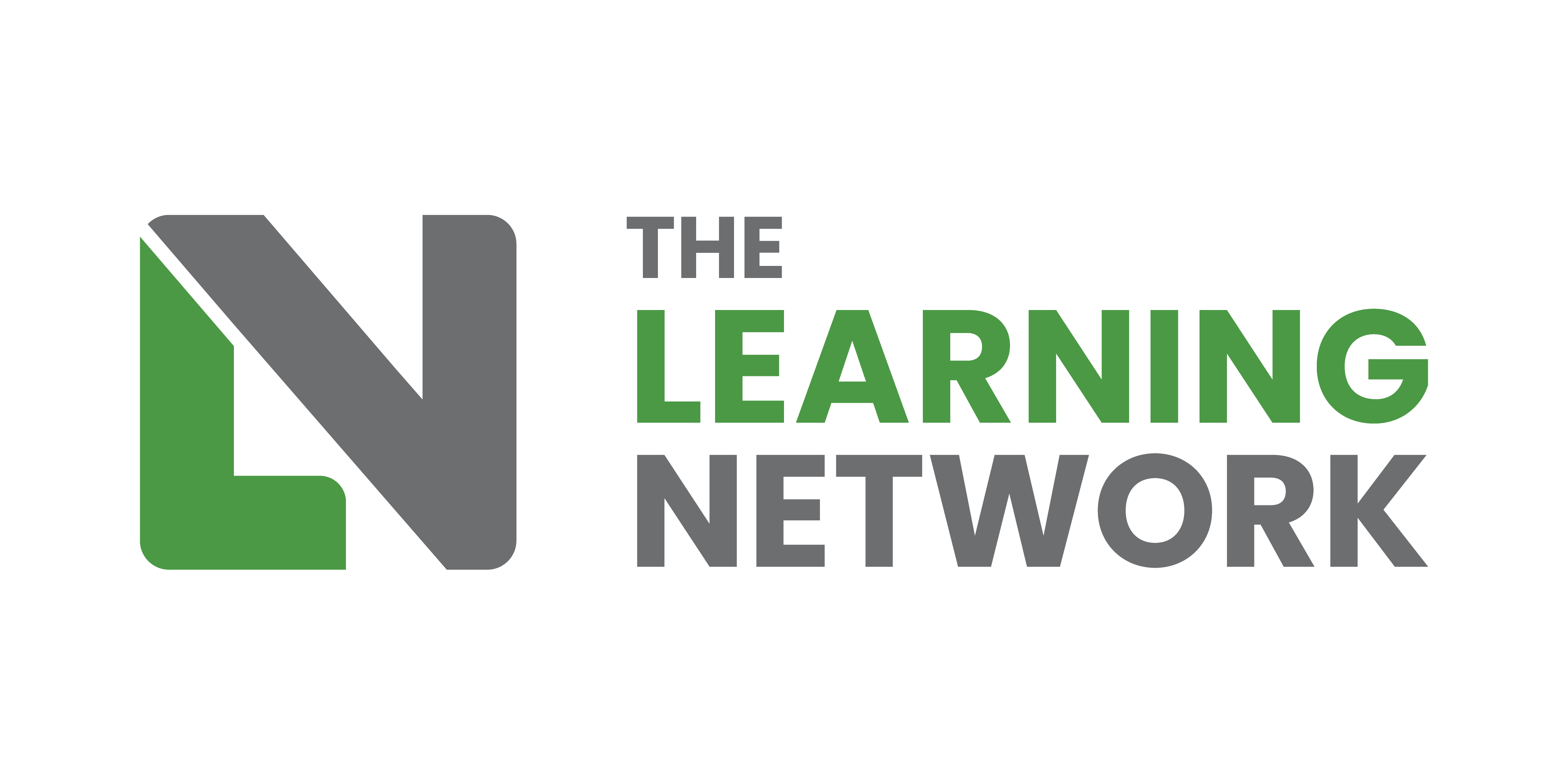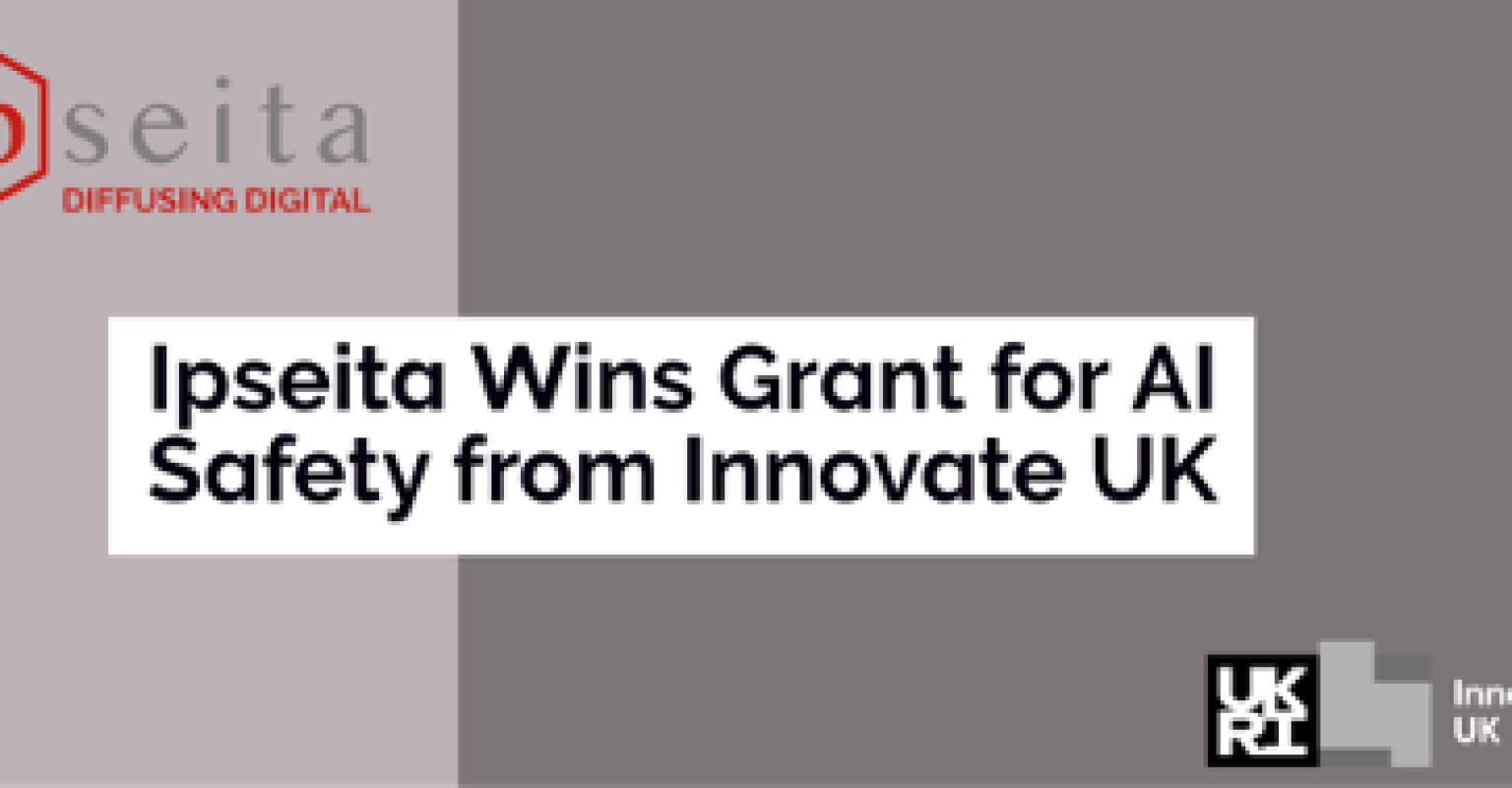By Mark Woodman and Philip Greenwood Copyright © 2023 Ipseita Ltd
We briefly reported Ipseita‘s work on conversational AI in The Learning Network’s August 2023 newsletter. This is a short update about what we’ve been building that helps learning designers. It complements Philip’s “Smarter Personalised Learning Experiences” talk at Learning Design Live, part of this year’s World of Learning on 10th of October at Birmingham NEC.
CAIA – Conversational AI Assurance
We call this phase of our work CAIA (rhymes with Gaia) for Conversational AI Assurance. That covers Performance, Security, Compliance, Ethics, Reliability, etc. CAIA was funded by winning a grant from the government’s Innovate UK programme, under the AI Assurance heading with an emphasis on “alignment” and “safety”.
Our AI solutions work started in 2021 with our Digital Acumen AI course. We first showed clients a chat bot based on OpenAI’s GPT-3 in July 2022, but it took ChatGPT to show that AI was a reality. ChatGPT was built on GPT-3.5. A year on, and GPT-4 and tens of non-OpenAI models are now available.
However, a “chat” is rarely of long-lasting import. In ordinary parlance, and with bots, a chat is ephemeral, and transactional. There may be some tacit purpose, but it’s of the moment – a kind of verbal ping-pong with the interlocutors not really changed by an interaction. In the context of learning, the provision of ideas is useful, but a significant change is unlikely.
From chats to conversations
By contrast, learning happens in a “conversation”. A conversation is often extended, constrained to a purpose, intentionally aligned to an explicit purpose and a context, whether for learning or a job function. The flow of a conversation is complex, depends on interactions, the waxing and waning of trust, and emotions, includes events, and may take time to focus after much backtracking and some resets. Furthermore, crucial resources may need to be mixed in.
What CAIA means for learning designers
CAIA is ready for deploying for learning conversations. It provides a framework for conversation designers to use learning outcomes and corporate parameters to influence conversational flows, and so maximise alignment and safety. The CAIA framework is designed to be scalable and integrate with corporate resources.



